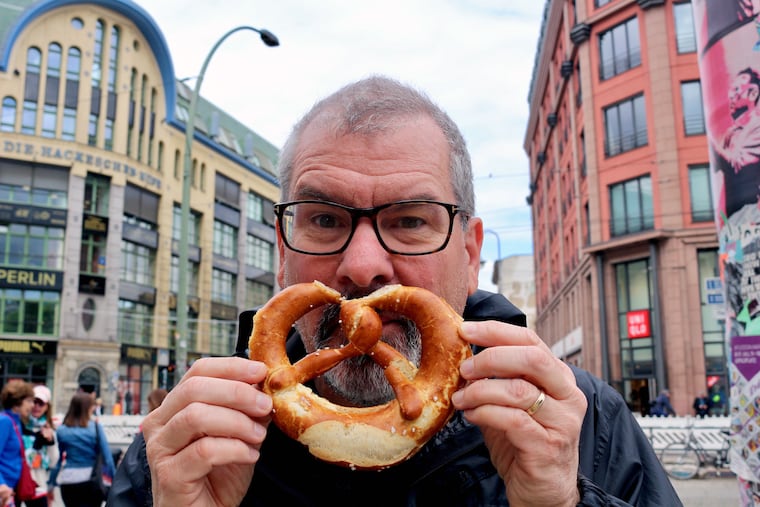Field-tested travel tip: Visiting Berlin 30 years after the fall of the wall
November 2019 marks the 30th anniversary of the fall of the Berlin Wall.

November 2019 marks the 30th anniversary of the fall of the Berlin Wall. For those who grew up in the Cold War era, with the wall’s presence a constant reminder of the political divide, it’s hard to believe it has now been gone longer than it was up. American Airlines offers new seasonal direct flights from Philadelphia to Berlin, providing an excellent opportunity to visit this vibrant city, full of art and culture — and rich with a complicated history.
During the “wall years,” Berlin was divided, and a visit today can still resemble a tale of two cities. An increase in Ostalgie — remembrances of what life was like in East Germany — have made Cold War sights immensely popular. Skip Checkpoint Charlie, the famous Cold War crossing point; busloads of tourists make it a crowded and Disneyesque experience. Instead, check out the DDR Museum that covers daily life in East Germany and the Trabi Museum, devoted to the oft-maligned, but now beloved, East German Trabant car that was abandoned by the millions with the end of communism.
But there’s much more to Berlin than Cold War memorabilia. The city is also an excellent value when compared with other European capitals. During our recent visit, we found Berlin’s culinary scene to be so international that it can rival London’s or New York’s, with much lower prices. During a food tour with Bite Berlin we learned that labor shortages during the Cold War — on both sides of the wall — brought in workers from Turkey (in the west) and North Vietnam (in the east). The result today is a thriving food community from both cultures. Döner kebabs and banh mi are as prevalent (and delicious) as the city’s famed currywurst and buttered pretzels (which should be offered at Wawa!). Afterward, it seemed fitting to view an exhibit on the history of food photography at C+O Berlin, one of the city’s seemingly endless supply of art museums.
Although the city is modern and looking forward, it still acknowledges its tortured past. One of the newest, and most sobering, museums is the Berlin Story Bunker, located deep in a dank five-story concrete World War II air raid shelter. The exhibit titled “Hitler-How it Could Happen” traces the chilling history of how one man seduced a nation with his extraordinary power of swaying crowds to his will. Placards, photos, and an audio narrative recreate the atmosphere in Germany that led to the height of Nazi power and eventual destruction. The Cold War and Berlin Wall were not created in a vacuum and this museum documents what led to such unsettling times.
We used a Berlin WelcomeCard during our visit; the pass provides access to the city’s extensive public transit system, as well as discounts to museums and attractions, and is an excellent value. Order it online prior to your departure, then pick it up using a printed voucher at the airport upon arrival — it will then cover your transit into the city center.
P.S. Did we mention there’s a David Hasselhoff Museum? That alone should pique any visitor’s curiosity.
Philadelphia natives Larissa and Michael Milne have been global nomads since 2011. Follow their journey at www.ChangesInLongitude.com